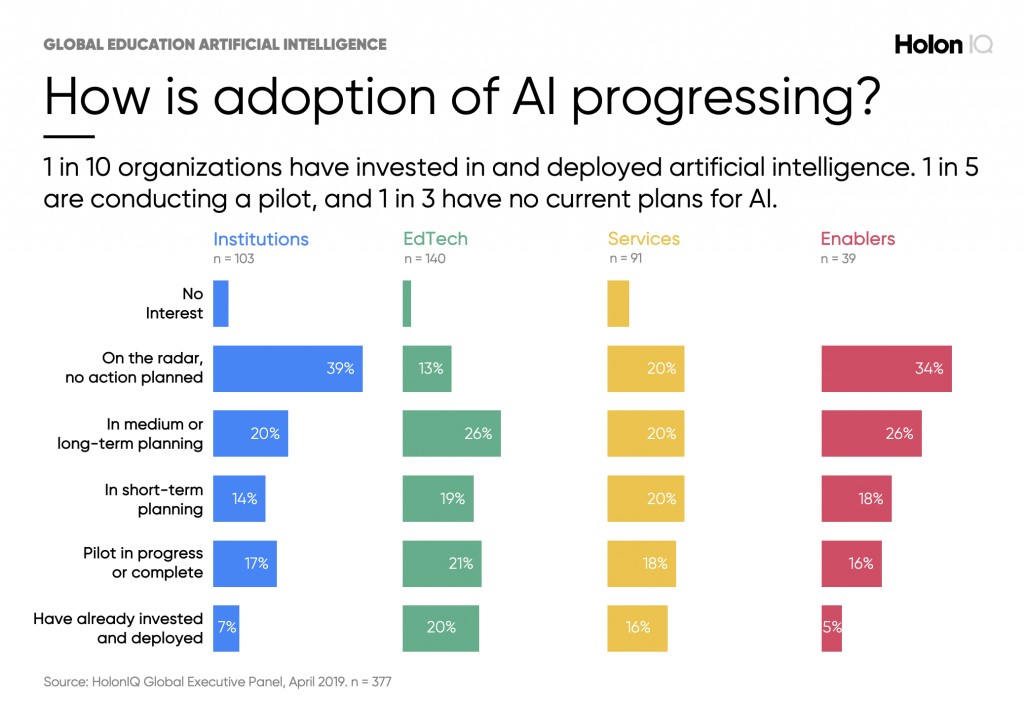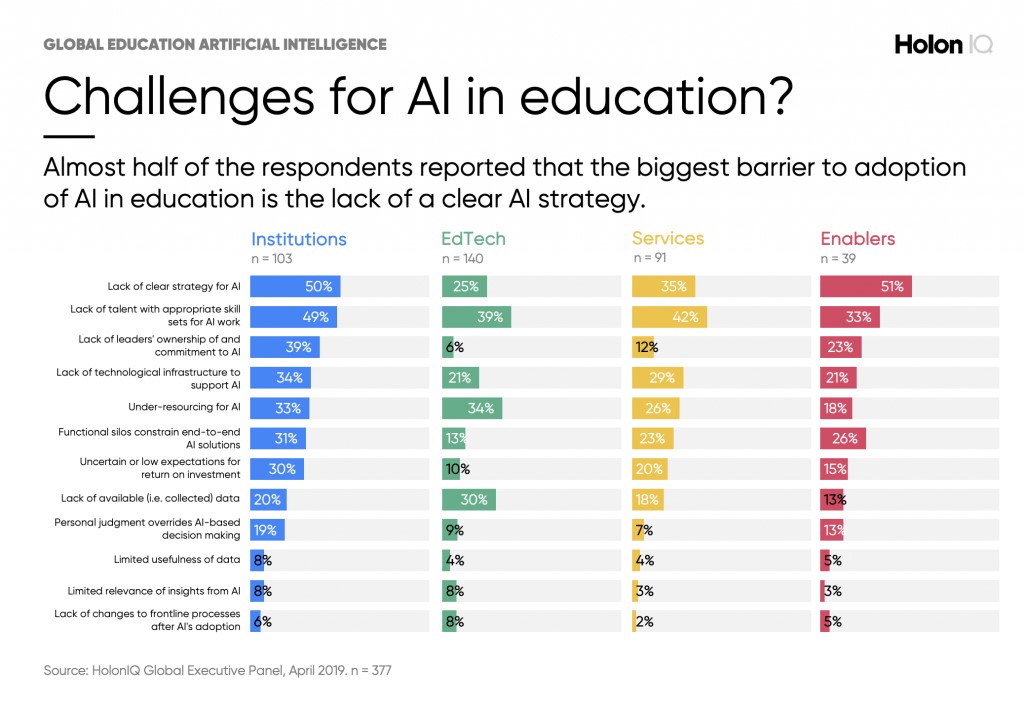
Research reveals that AI in the Education market size reached $ 4 billion in 2022 and will expand to over 10% from 2023-2032.
With these numbers in the picture, AI is definitely here to stay and there is no sign of it stopping. If anything, it will only grow bigger and better in the future. However, it may seem daunting and scary for many teachers as they might feel AI is threatening their jobs and is trying to replace them.
But can AI replace humans?

From a teacher's perspective, the most logical thing to do is consider how to use AI in the classroom and how it can help you rather than seeing it as a threat. It offers various tools that can help you with conversational English and design more light-hearted games.
Practical Tips To Use AI In The TEFL Classroom
Here are a few ways you can use AI to enhance the learning process within the classrooms:
You as educators must recognize artificial intelligence (AI) as an effective strategy.
You need to talk about AI for several reasons. You must set up boundaries and policies that are transparent for your students. Some students might be tempted to use AI to finish their tasks or homework, or simply to see how discreetly they can use it.
This kind of behavior is wrong, and hence you should make it clear that there are ways to spot its use. Students should understand that they cannot effectively learn a language like English solely through AI.
However, you can harness the power of AI to foster trust and inspire mutual interest. Avoiding and failing to use it as a teaching tool won't benefit either of you. Thus, leveraging it can offer numerous advantages, such as stimulating discussions about ethics, showcasing AI-generated essays, and designing tasks related to AI narratives.
As TEFL instructors, you can use AI to your advantage by gamifying your lessons and developing meaningful learning objectives.
Starting imaginative, visually stimulating learning activities for students is a good tactic. You can encourage students to create projects by using various AI tools and bringing AI discussions to life in a visually captivating manner.
Another strategy is to have students create prompts and respond to queries to encourage them to engage with AI. Students can work independently on this assignment, using AI to compile data for essays or presentations. These kinds of tasks can help with independent study and improve translation abilities.
Studies indicate that allowing students to creatively use AI in their English learning can enhance motivation and retention. It's a useful technique to increase learning objectives and make language acquisition more enjoyable.
Creating a traditional lesson plan can be difficult, particularly if you are teaching students of different ages and proficiency levels. In such cases, AI technology can be a game changer.
You can address the challenges of teaching diverse classes by creating customized lesson plans for your students based on specific prompts. However, you must use your expertise, as AI-generated plans might need human revisions and adjustments to perfectly suit the needs of the classroom.
While AI can help with assignments, it has difficulties with lengthy text passages, especially those that involve presentations, group projects, and creative work.
AI-generated content can be identified by plagiarism detection tools because it might not use proper grammar, make use of synonyms, or use unusual language. This is why you as ESL teachers need to stress the value of originality in your students' work and warn them about the limitations of AI-generated text to maintain academic integrity.
What Is The Future Of AI In The Field Of Education?
In the field of education, it is possible that in the future, schools will fully integrate automation to build lessons that are specifically tailored to each student and teacher. It's still unclear how much of an impact AI will have on education.

Even though AI might seem like a hassle for educators, the current AI tools can be a big help rather than a hindrance in TEFL classes. Although it is understandable and normal to have doubts about the usefulness, TEFL teachers who adopt them early can benefit from them as well.
Using incredibly user-friendly software to encourage creativity is a useful tool that doesn't take away from your teaching responsibilities. AI can also be a useful tool for organization, helping you manage your workload and eventually help with scheduling.
But it's crucial to keep in mind that AI technology is still very new. Therefore, even though it can be a useful tool, it shouldn't replace your own teaching experiences, the knowledge you've gained from your TEFL course, or advice from other educators.
Use AI Safely And Responsibly
With the explanation given above, it seems that the best way to use AI in TEFL classrooms is to generate ideas. Thus, it should only be viewed as a supporting tool and not as a way to replace teachers. AI can never replace humans as they can never understand and cater to student needs or empathize with them to provide the best learning environment. Even with the introduction of such tools, teachers who have completed TEFL Courses in Bangalore or any other location will always be valued.
We believe education should be accessible for everyone. That’s why we don’t charge for our blogs. Find the right course that will help you in your career with us, contact us at - + 919870134035. You can mail us at act@asiancollegeofteachers.com